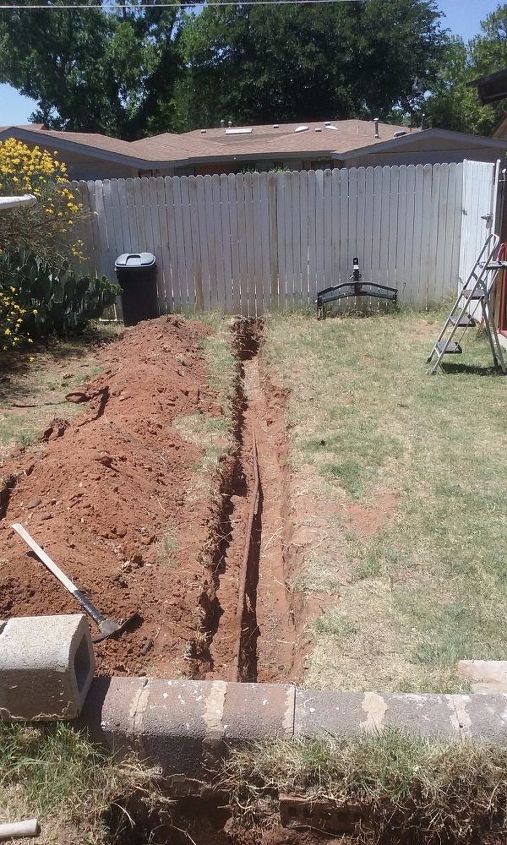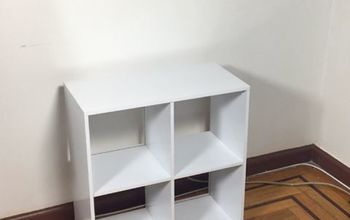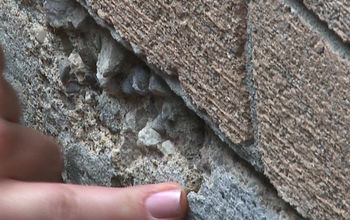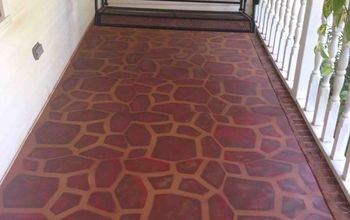Don't Cut the Concrete Slab - Drill a Tunnel Under It Instead

by
Rhonda S
(IC: homeowner)
6 Materials
$7.00
4 Hours
Medium
Problem: 50 year old galvenized pipe is failing, and replacing it requires getting under, over or around a 12 foot wide concrete patio. We decide to go under with a long steel pipe, a sledge hammer, and a garden hose with brass "jet" nozzle.
Our supply line runs to the house through the yard. The line goes under the retaining wall that divides the lower west side of the yard from the upper east side, then on to the house. Its path takes it under a 12 foot wide concrete patio slab to a small flowerbed near the door where it ties in to the copper pipes that go under the house slab. There is an old turn-off valve there in the flower bed that had stuck open, and until we started digging it out, we didn’t even know it was there.
I decided to check YouTube to see if there were any great innovators and do-it-yourselfers out there who had done anything similar.
Tom would hit the pipe with a six pound sledge to drive it in about 6 inches until it stuck, and then while he took a break, I would turn the water on and flush the dirt out of the pipe
The end we pounded
Note that we did not remove the old supply line. It is simply parallel to the new one, except for portions he cut out to have access to the copper pipe.
Enjoyed the project?
Suggested materials:
- Used oilfield steel pipes (on hand)
- Garden hose (on hand)
- Brass "jet" water hose nozzle (Tractor Supply, but any garden supply)
- 6 pound sledge hammer (on hand)
- Welding supplies (on hand)
- Iced tea (optional) (the kitchen)
Published September 6th, 2016 12:28 AM
Comments
Join the conversation
2 of 10 comments
-
 Brian Sparks
on Sep 21, 2018
Brian Sparks
on Sep 21, 2018
You can get heavy duty pipe couplers that are meant for driving well points deep into the ground. No need to weld plus you can take it apart if needed.
-
-


































Frequently asked questions
Have a question about this project?